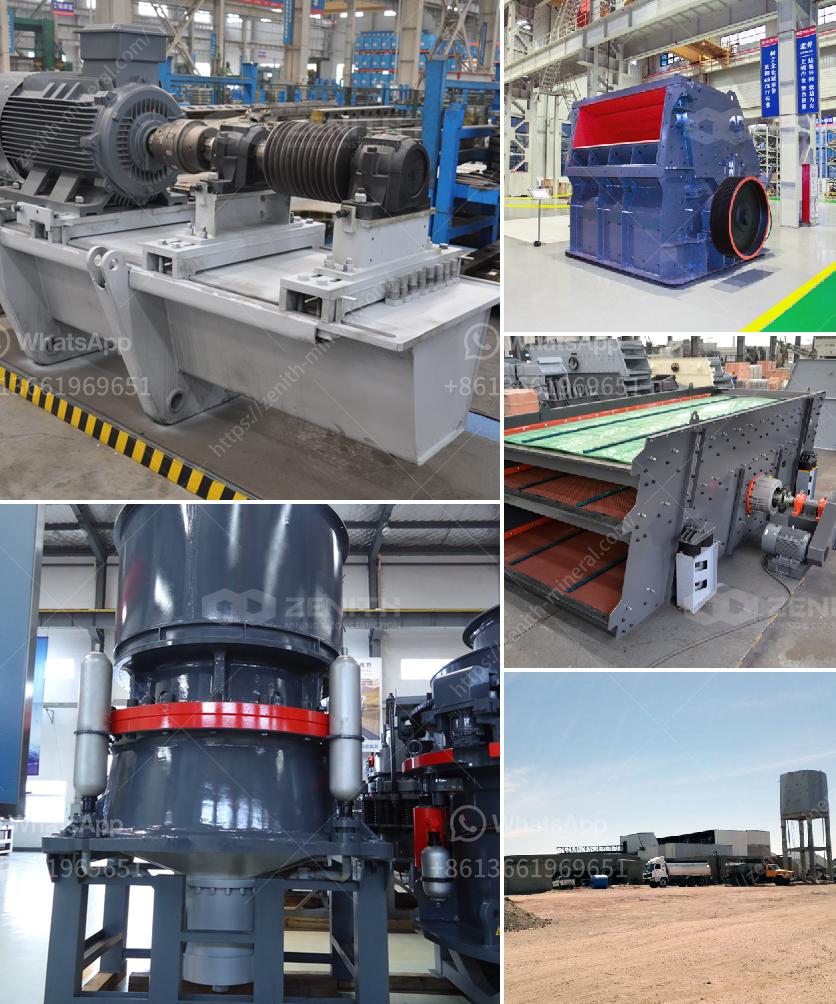Artificial sand, also known as manufactured sand or crushed sand, is used for several reasons, primarily related to the limitations and characteristics of natural sand, as well as the benefits provided by artificial sand. Here are some key reasons:
Resource Depletion: Natural sand, particularly river sand, is being depleted at an alarming rate due to excessive mining. This makes artificial sand an attractive alternative to preserve natural resources.
Controlled Quality: Artificial sand can be manufactured to specific standards and desired quality, ensuring consistency in grain size, shape, and texture, which is vital for construction projects.
Environmental Concerns: Mining of natural sand can lead to environmental degradation, riverbank erosion, and loss of aquatic habitats. Using artificial sand can help mitigate these environmental impacts.
Strength and Durability: Artificial sand often provides better strength and durability because it is made by crushing stones or rocks into fine particles, offering more angular and stronger bonding with cement in concrete and mortar.
Availability: In areas where natural sand is scarce or its extraction is restricted, artificial sand provides a reliable and readily available alternative for construction and industrial applications.
Cost-effectiveness: With the rising prices of natural sand due to transportation and scarcity, artificial sand can be a more cost-effective option, especially when sourced locally.
Reduced Impurities: Artificial sand typically has fewer impurities compared to natural sand, as it can be washed and processed during production to remove unwanted materials like clay and silt.
These factors make artificial sand a popular choice in various construction applications, including concrete production, plastering, and sandblasting.

